Dawn used to arrive with a chorus across the prairies – lark songs threading through wind-bent bluestem, meadowlarks calling from fence posts like tiny brass bands. Now, field biologists turn on their recorders and often capture more highway rumble than birdsong. The Midwest’s grassland birds are slipping away in real time, and the silence is the first clue most of us notice. The mystery is not whether the decline is happening, but how to stop it without sacrificing the farms, ranches, and towns that also depend on these open lands. That tension – between food and feathers, between today’s harvest and tomorrow’s habitat – defines the science and the search for solutions.
The Hidden Clues
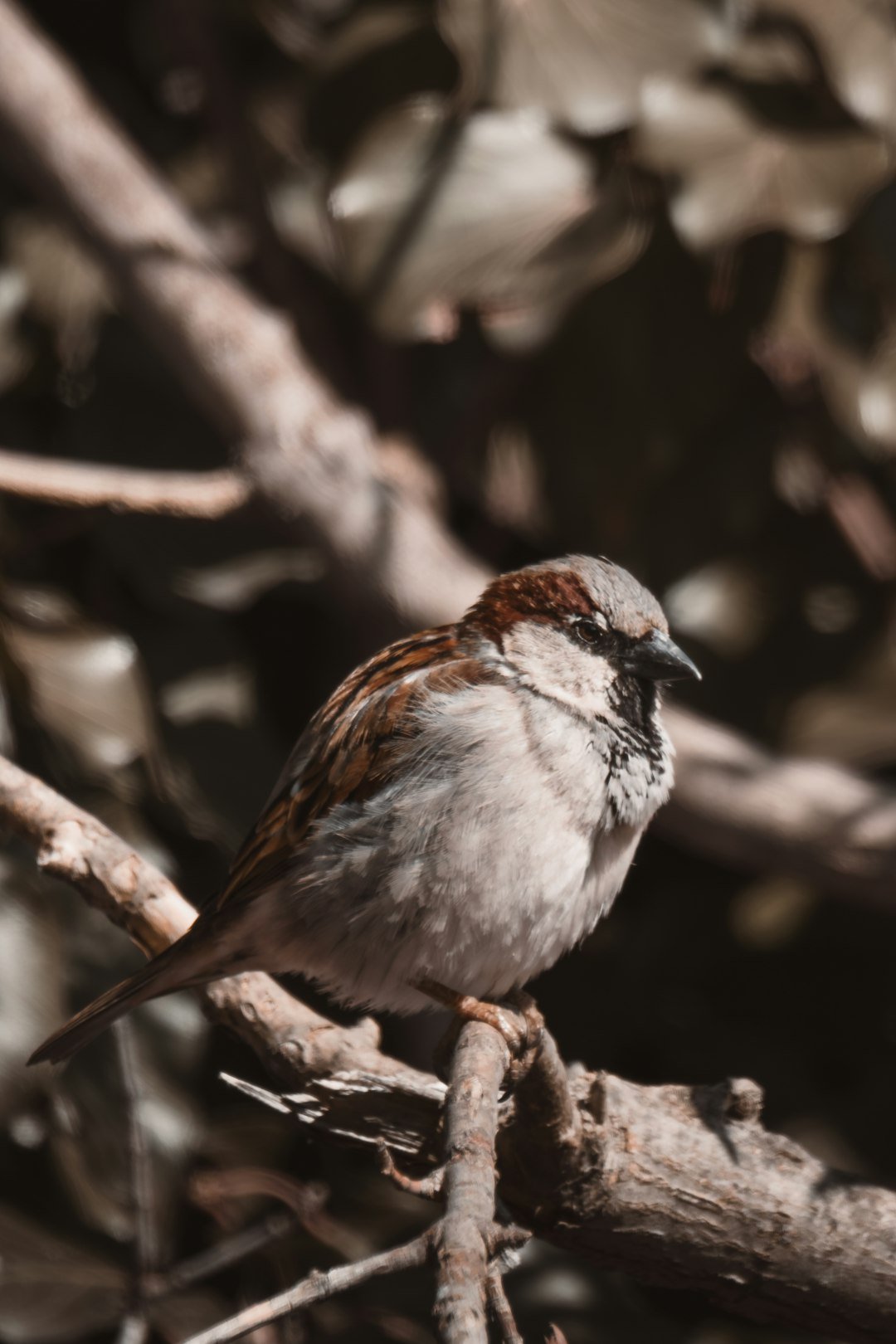
Here’s a shocker to start: the quiet itself is data. Scientists listen with automated acoustic sensors at dawn, scanning spectrograms for the acoustic fingerprints of species like bobolinks, Henslow’s sparrows, and dickcissels. Those fingerprints are fading across wide swaths of the Corn Belt, aligning with decades of roadside counts from long-running bird surveys and the growing flood of community observations from birders. I’ve stood on gravel roads in Kansas waiting for a meadowlark to answer the wind and heard only the hum of grain trucks.
These layered clues – microphones, binoculars, and statistical models – tell the same story with different accents. Early-season songs occur later after cold snaps; breeding territories shrink when hayfields are cut earlier; nest success drops when predators key in on fragmented patches. Even the absence of sound becomes a signal when it repeats year after year in places once known for their dawn chorus.
From Prairie to Patchwork
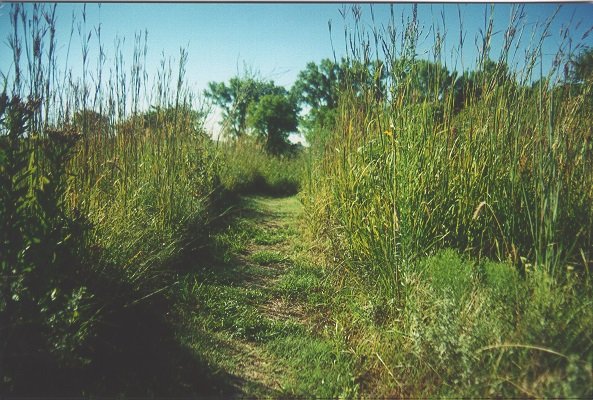
The tallgrass prairie that once stretched from Oklahoma to Minnesota has been whittled into islands, stitched between corn, soybeans, roads, and rooftops. In some states, only a sliver of the original tallgrass remains, a ghost of a biome that once rolled like an inland sea. Fragmentation doesn’t just remove habitat; it changes it, creating edges where nests are easier to find and exposing ground-nesting birds to heat and wind. The result is a patchwork where travel between safe sites becomes risky and energy expensive.
Ranchlands and hayfields can still function as surrogate prairie when managed with native grasses, rotational grazing, and later cutting dates. But when fields shift toward single-species grasses or are mowed during nesting, birds lose the race to fledge young before the machines arrive. Add in the drainage of small wetlands and the removal of hedgerows, and you get tidy fields that are efficient for tractors yet unforgiving for wildlife.
The Numbers Behind the Quiet
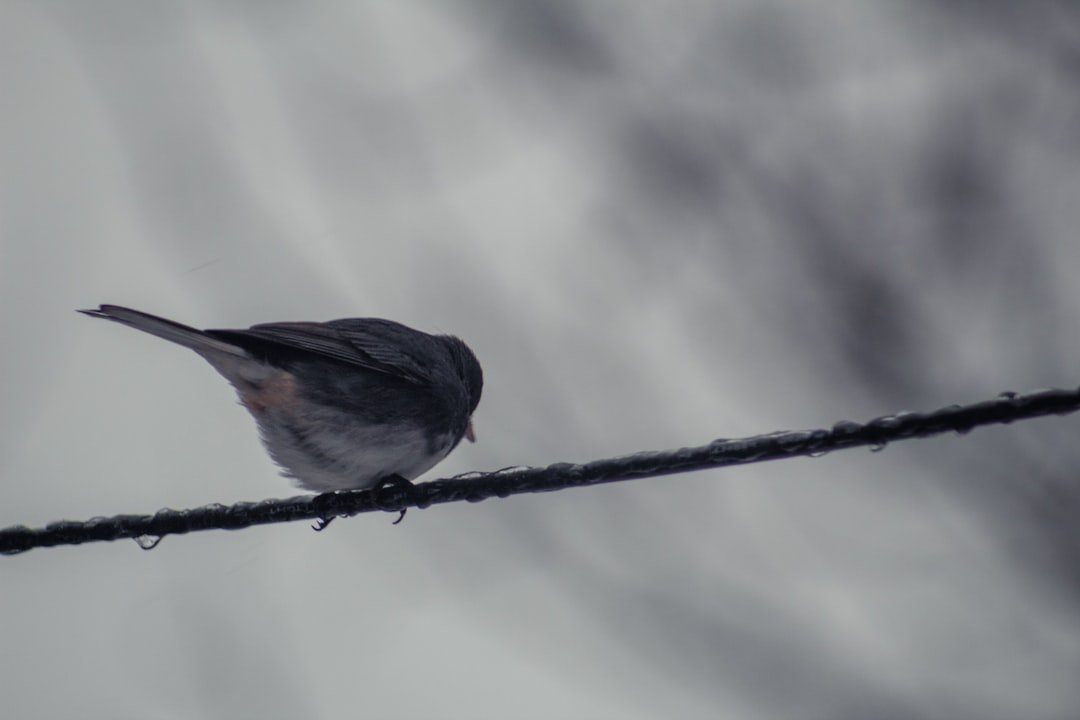
Long-term analyses show that North America has lost roughly about three billion birds since the early nineteen-seventies, and grassland birds are among the hardest hit. Species once considered common have trended downward for decades, pieced together from standardized surveys and new radar-based migration estimates. The steepest drops often cluster where the landscape has become most simplified, with fewer plant species and fewer insect-rich microhabitats. That cascade cuts into nesting success, clutch sizes, and the number of young that survive the first fragile weeks of life.
Even resilient species have limits when nesting attempts fail year after year. Many populations show declines measured in tens of percent over a human lifetime, a sobering slope that rarely captures headlines. The math is cold: fewer adults returning each spring, fewer juveniles recruiting into the population, and higher mortality on migration. In a system tuned to abundance, small annual losses stack up like compound interest in reverse.
The Usual Suspects
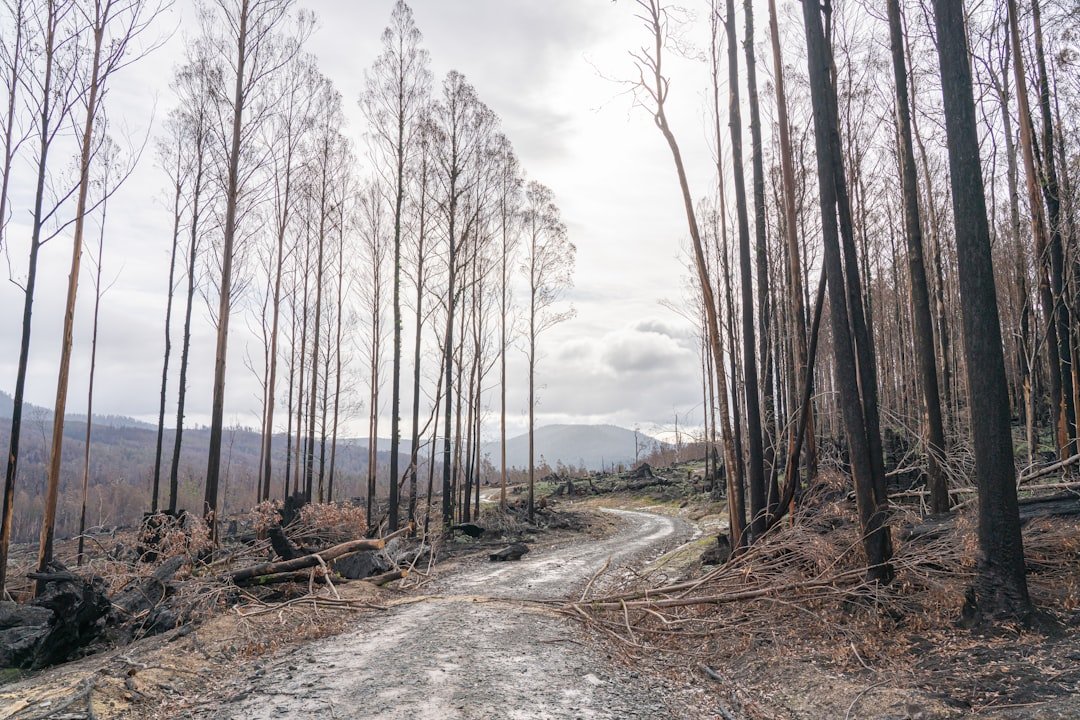
Habitat loss sits at the center of the case file, but several forces push the trend downhill. Early mowing can wipe out nests in a single morning; the eggs and chicks never had a chance. Intensive pesticide use reduces insect prey, turning summer into a lean season for species that feed nestlings almost exclusively on soft-bodied insects. Drought and spring storms, both more erratic in recent years, add weather whiplash that scrambles breeding timing.
Fire, once a natural pulse that kept prairies open, becomes a double-edged sword when it’s suppressed for too long or applied uniformly across huge areas. Without patchiness, birds that depend on a mosaic of fresh and older growth lose options. Invasive cool-season grasses crowd out natives and create dense thatch that’s poor for foraging. The villains here are familiar, but they interact in ways that make simple fixes rare.
Why It Matters
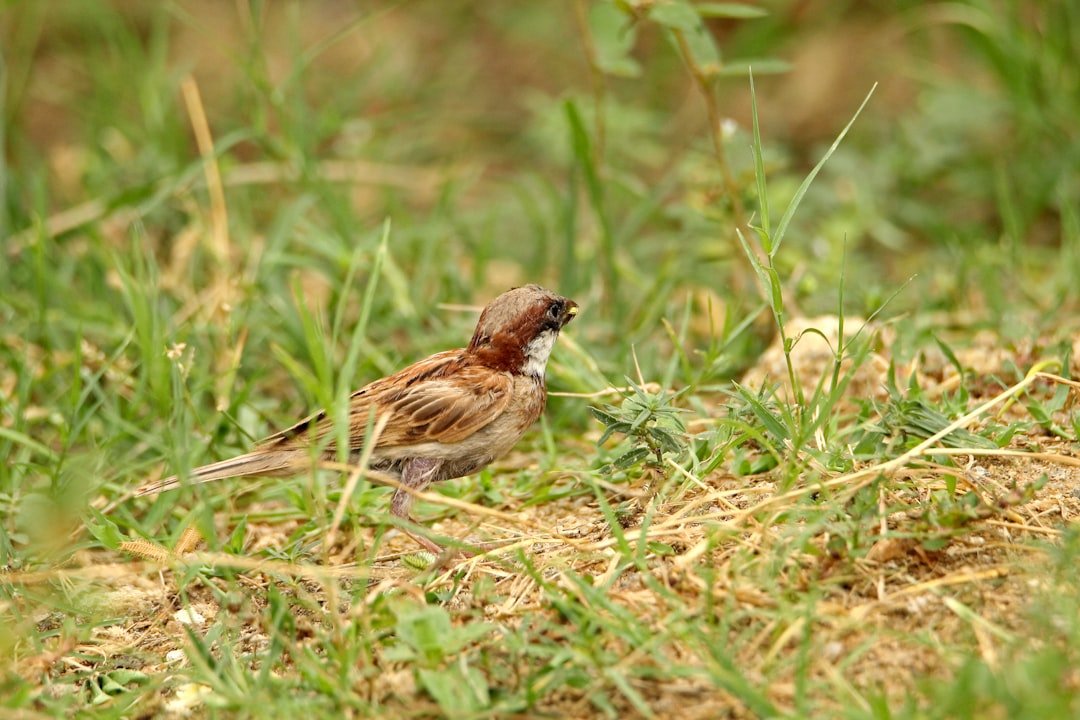
Grassland birds are not just background music; they’re indicators that the whole prairie machine is still running. When the birds decline, it often signals that insects are down, plant diversity is thinning, and soils are losing structure. That ripple touches farms, because healthy prairies slow floods, build topsoil, and trap nutrients that would otherwise run downstream. It also touches people who simply crave a sense of place; a meadowlark’s song can anchor a childhood as surely as any church bell.
Economically, conservation does not have to be a cost center. Practices like rotational grazing, prairie strips along field edges, and restored wetlands can stabilize yields and reduce inputs over time. Compared with past approaches that focused on small, isolated refuges, today’s science emphasizes whole landscapes and partnerships with producers. The shift is from lines on a map to living systems that include people and livelihoods.
Global Perspectives
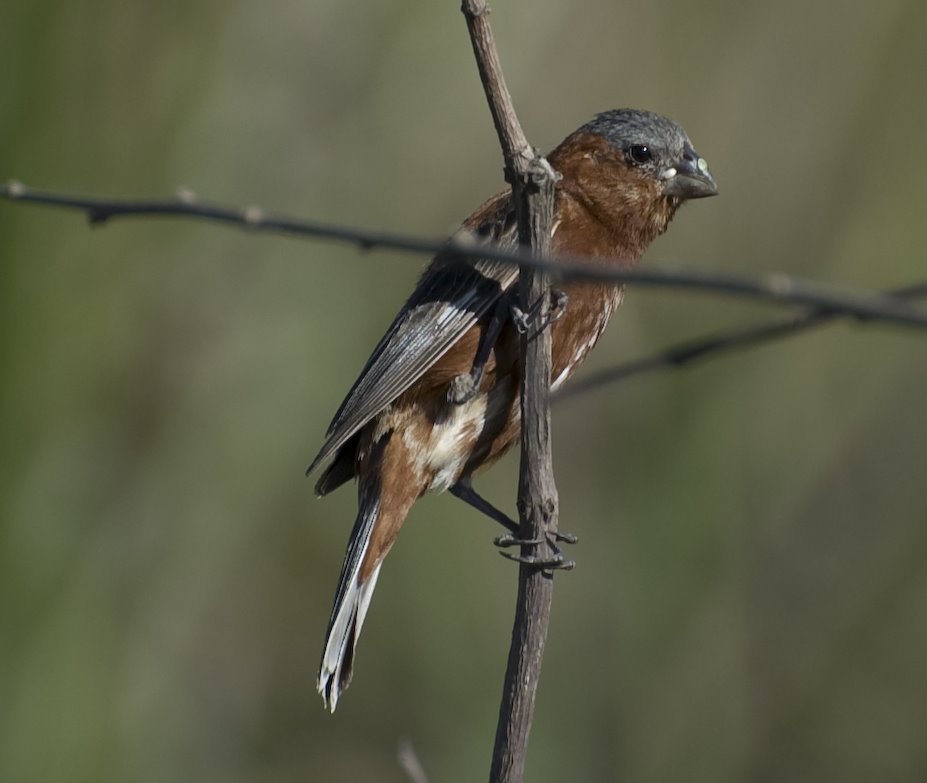
The Midwest isn’t alone; grasslands from the Eurasian steppe to the South American Pampas are seeing similar declines. Birds that winter in Latin America and breed in the Midwest face challenges across the entire year, not just on the nesting grounds. That full-annual-cycle view reframes conservation as a relay race, where a baton dropped in any season can doom the run. It also means solutions in one country can be undercut by pressures in another.
International collaborations are growing, linking wintering habitats in Mexico and Central America with breeding strongholds in the Great Plains. Migratory connectivity studies, using tiny tags and isotope analysis, match specific breeding populations to precise wintering sites. The big picture is humbling: saving a bobolink in Illinois may depend on grassland management thousands of miles away. Global problems require local action, but they also need cross-border trust.
From Ancient Tools to Modern Science
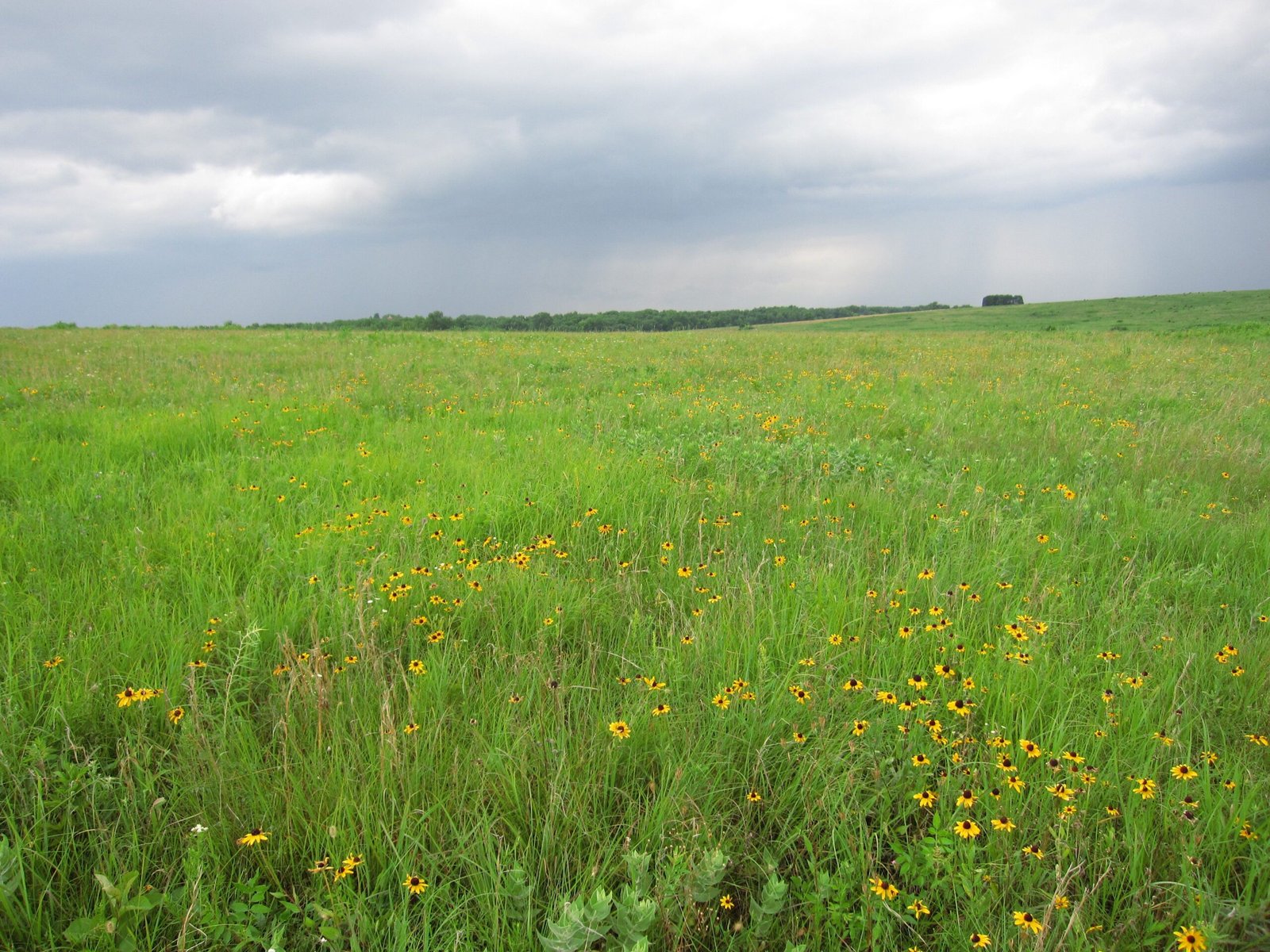
Prairie stewardship has long relied on old tools – fire, grazing, and rest – applied with a careful hand. Modern science refines those tools rather than replacing them, using GPS-collared cattle to create patchy habitat and prescribed burns timed to favor nesting windows. Drones map vegetation height and density at scales that once took weeks of boot leather. Acoustic algorithms sort thousands of hours of dawn chorus to spot subtle shifts in occupancy.
Crucially, landowner knowledge – what fields flood first, where the wind cuts hardest – feeds into models that predict where birds can bounce back fastest. This blend of tradition and tech widens the path for practical change. It replaces one-size-fits-all prescriptions with locally tuned playbooks. The result is not a museum prairie, but a working landscape with room for nests and livelihoods.
The Future Landscape
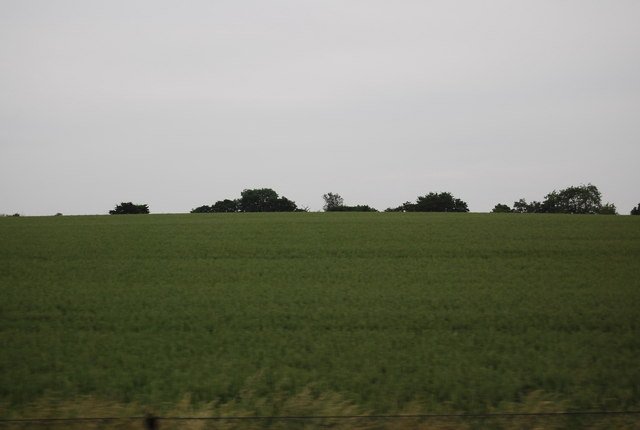
Emerging tools offer hope if we choose to use them. High-resolution satellite data can flag which fields are most valuable for nesting refuges in any given spring, allowing voluntary mowing delays measured in days rather than months. Precision agriculture can leave narrow strips of native plants where yields are naturally lower, turning marginal corners into high-value habitat. Renewable energy, if sited carefully, can coexist with prairie wildlife rather than displacing it.
Policy will be pivotal, from conservation programs that reward producers for outcomes, to crop insurance tweaks that de-risk waiting a week for chicks to fledge. Climate adaptation plans that restore wetlands and reconnect fragments can shave off the worst impacts of drought and deluge. The hardest part will be coordination across millions of acres and thousands of owners. But every acre of diverse grassland is a lever, and many small levers can move heavy things.
The Hidden Economics of Recovery
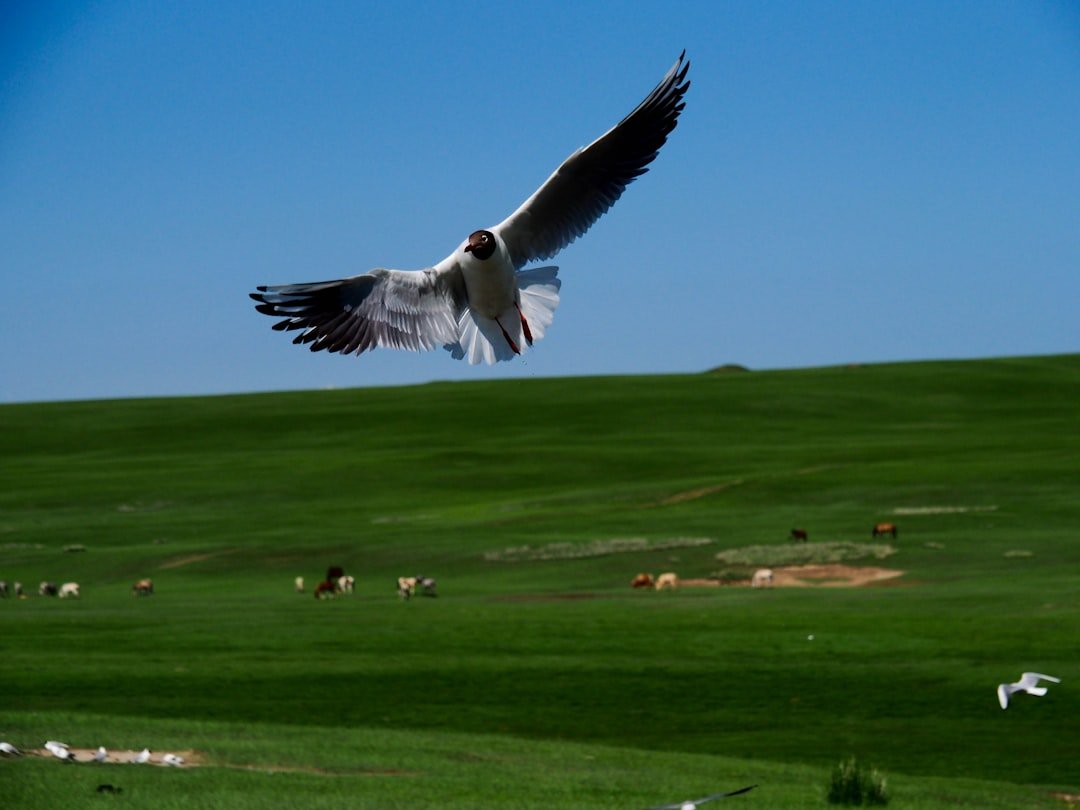
When researchers tally costs and benefits, a surprising pattern keeps appearing: diverse grasslands can pay for themselves in services we usually ignore. Prairie strips along a small fraction of a field capture sediments and nutrients, protecting downstream water supplies and reducing treatment costs. Restored wet meadows flatten flood peaks that would otherwise eat roads and culverts. On ranches, rotational grazing that leaves cover for birds often improves forage resilience in dry summers.
These are not theoretical gains; they show up in balance sheets over several years, not several decades. Compared with the old approach of asking producers to set aside blocks of land, today’s models emphasize weaving habitat into working acres. The return is less volatility, steadier soils, and a chorus that doubles as a quality-of-life metric. Birds become a practical indicator that the system is working as designed.
What You Can Do
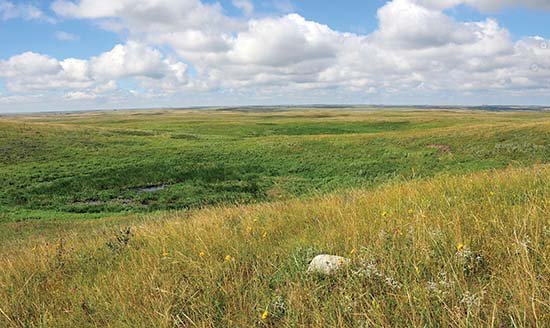
You don’t need a pasture to help. Plant native grasses and flowers in a yard corner, and leave seed heads standing through winter; those seedpantries get birds through lean months. Ask local park managers about prairie restoration and volunteer on burn crews or seed collections when training is offered. If you manage acreage, time mowing for after the main nesting season and consider rotational grazing that leaves a patchwork of grass heights.
Support groups that secure easements with willing landowners and celebrate producers who make room for wildlife; recognition travels fast in rural communities. Join community-science projects that document bird presence, because data guides dollars and decisions. And the next time you catch a meadowlark’s song riding the wind, let it linger – it’s both a small joy and a sign that recovery is possible. What would you have guessed the prairie still needs from you today?

Suhail Ahmed is a passionate digital professional and nature enthusiast with over 8 years of experience in content strategy, SEO, web development, and digital operations. Alongside his freelance journey, Suhail actively contributes to nature and wildlife platforms like Discover Wildlife, where he channels his curiosity for the planet into engaging, educational storytelling.
With a strong background in managing digital ecosystems — from ecommerce stores and WordPress websites to social media and automation — Suhail merges technical precision with creative insight. His content reflects a rare balance: SEO-friendly yet deeply human, data-informed yet emotionally resonant.
Driven by a love for discovery and storytelling, Suhail believes in using digital platforms to amplify causes that matter — especially those protecting Earth’s biodiversity and inspiring sustainable living. Whether he’s managing online projects or crafting wildlife content, his goal remains the same: to inform, inspire, and leave a positive digital footprint.



